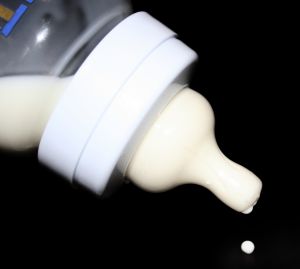In the wake of a $9 billion verdict against Japanese drugmaker Takeda Pharmaceuticals, the manufacturer of diabetes drug Actos, which has been causally connected to instances of bladder cancer, the number of lawsuits filed against the firm continues.

Boston Actos injury attorneys recognize that in reality, that $9 billion will almost certainly be reduced, at least to some degree. ($1.5 million of the award was for actual damages; $3 billion in damages fell on the shoulders of the company’s marketing firm.) However, the Louisiana jury’s April verdict in the first bellwether case of a multi-district litigation has sent a strong statement, to which other victims are closely listening.
One recent example involves a series of 10 lawsuits filed by Blue Cross & Blue Shield of Massachusetts. In the case of In Re: Actos (Pioglitazone) Products Liability Litigation, the insurer is seeking to recoup damages it incurred after Takeda purportedly failed to warn consumers about the potential risk of bladder cancer associated with its popular diabetes drug, formally referred to as Pioglitazone. The insurer alleges Takeda knew or should have known the risks its product held with regard to bladder cancer. The insurer further alleges the company negligently or fraudulently concealed this link, failing to warn consumers of the danger. In turn, the insurer says it was forced to pay for costs relating to the cancers that developed – a far higher expense than the maintenance of the underlying Type II diabetes.
Continue reading
 According to a recent article in the Bay State Banner, a Massachusetts summit was hosted to address the dangers posed by lead paint in buildings across the Commonwealth.
According to a recent article in the Bay State Banner, a Massachusetts summit was hosted to address the dangers posed by lead paint in buildings across the Commonwealth. Product Liability Lawyer Blog
Product Liability Lawyer Blog





